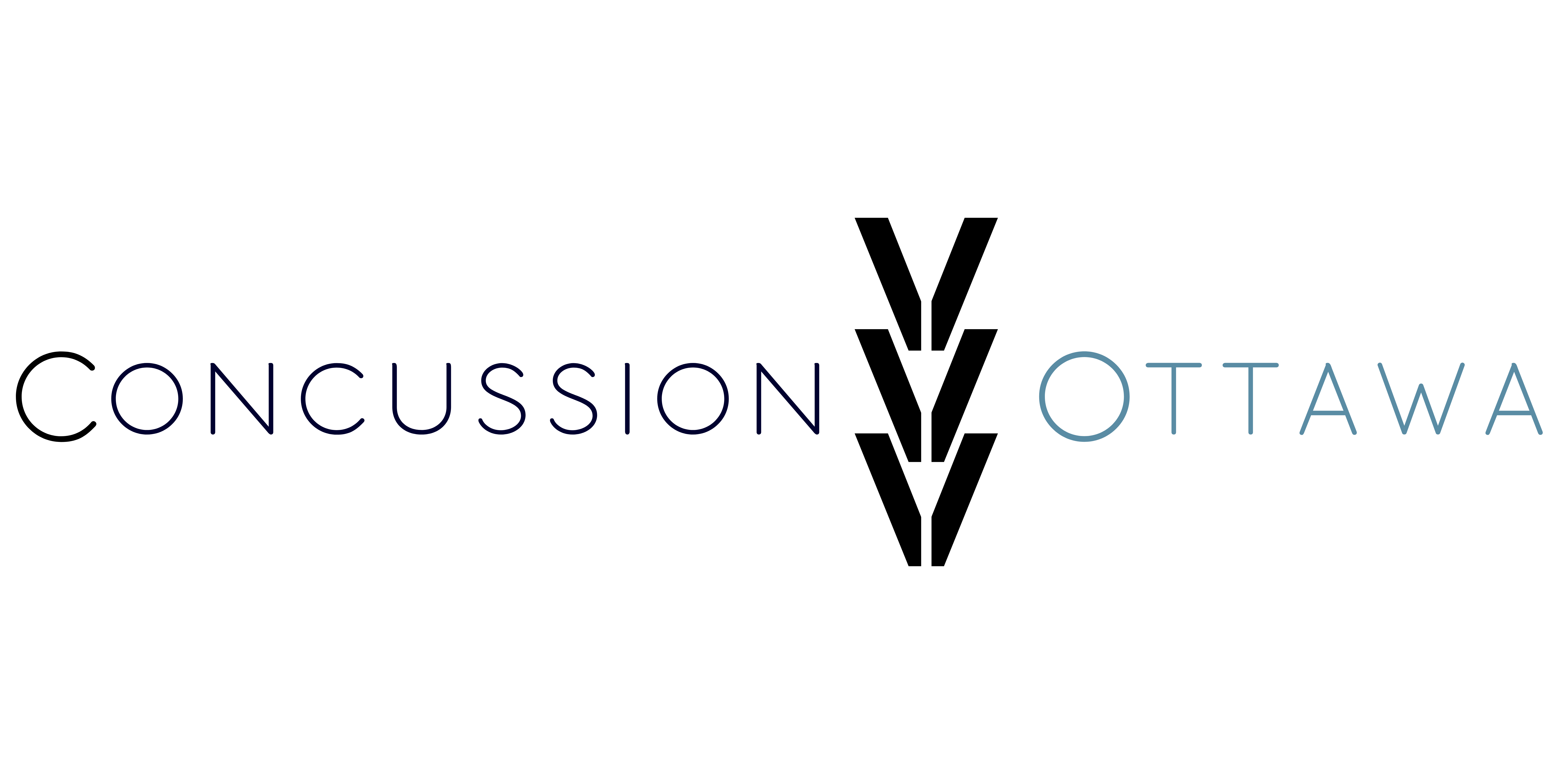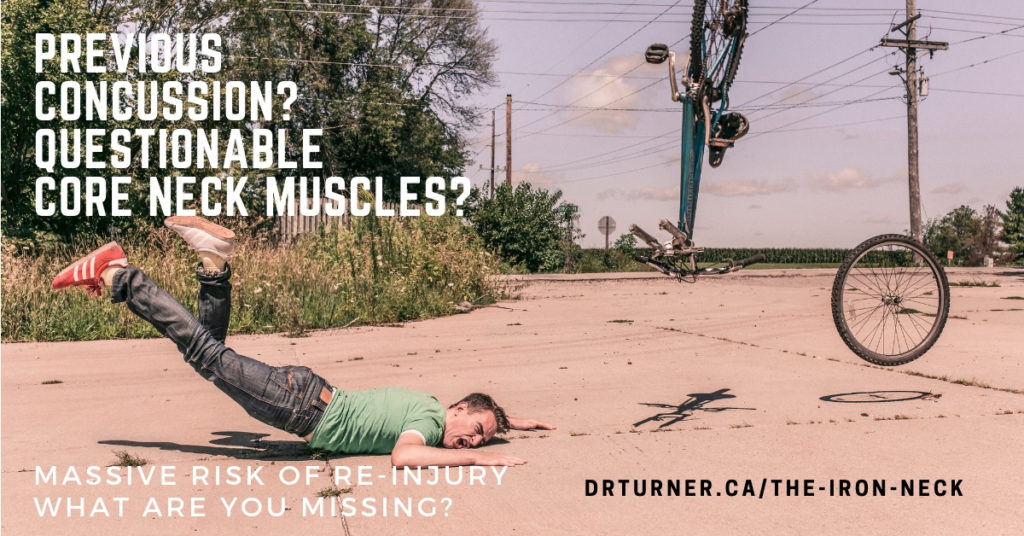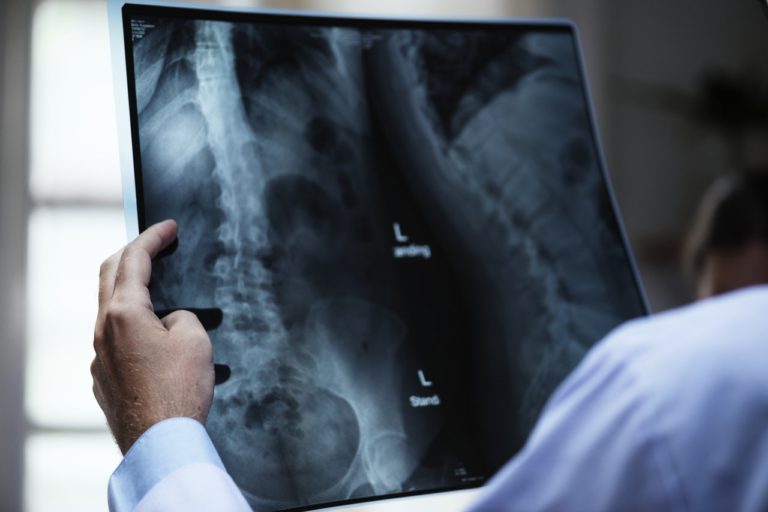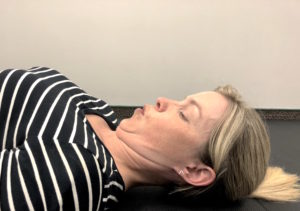Vladimir Janda in the 90’s – outlined neck, upper back, and pelvis dysfunction as a common postural asymmetry caused by an imbalance between antagonist and protagonist muscle groups. In other words, the muscles on the front of the body become stronger and tighter due to repetitive use and the muscles on the back become inhibited and weaker due to lack of stimulus. This imbalance is important to understand because it sets up our body for several mechanical problems. Specifically, by giving our body a major disadvantage for being able to cope with a head injury or maintain proper muscular functioning. Furthermore, recovery time will be delayed. The body will have to deal with creating stability and mobility again and if the blood supply to the brain is altered in any way due to cervical joint restrictions and/or misaligned cranial bones, the entire recovery process will continue to delay. And that is just the tip of the iceberg. A multitude of other factors are at play and need to be addressed by the appropriate practitioners. Furthermore, the recovery process can be facilitated not only with neck manipulation and cranial adjusting but with The Iron Neck rehabilitation exercises.
The big problem that I see in the office is that patient’s with neck pain almost always had a forward head posture and rounded shoulders. This issue stems from a complex pattern of underutilized core muscles and a lack of proper proprioception signals to the brain. Patients with head injuries, almost always have a problem with not being able to activate their core muscles to then stabilize their neck. This imbalance is associated with an increased risk of re-injury to the head, but also injury to the shoulders, arms, and legs, especially when multiple concussions are involved.



